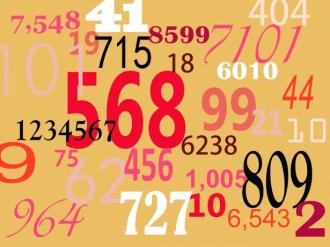Can you find a number such t...
Can you find a number such that if we multiply that number by 1 or 2 or 3 or 4 or 5 or 6, then the resultant number contains same all digits (of course in a different place)?
Your car in heaven....
Three guys died and when they got to the pearly gates, St. Peter met them there. St. Peter said, "I know that you guys are forgiven because you're here. Before I let you into Heaven, I have to ask you something. You have to have a car in Heaven because Heaven is so big, what kind of car you get will depend on your answer."
The first guy walks up and Peter asks him, "How long were you married?"
The first guy says, "24 years."
"Did you ever cheat on your wife?", Peter asked. The guy said, "Yeah, 7 times...but you said I was forgiven."
Peter said, "yeah, but that's not too good. Here's a Pinto to drive."
The second guy walks up and gets the same question from Peter.
The second guy said, "I was married for 41 years and cheated on her once, but that was our first year and we really worked it out good."
Peter said, "I'm pleased to hear that, here's a Lincoln."
The third guy walked up and said, "Peter, I know what you're going to ask. I was married for 63 years and didn't even look at another woman! I treated my wife like a queen!"
Peter said, "That's what I like to hear. Here's a Jaguar!"
A few days later, the two guys with the Lincoln and the Pinto saw the guy with the Jaguar crying on the golden sidewalk. When they asked the guy with the Jaguar what was wrong, he said, "I just saw my wife, she was on a skateboard!"

